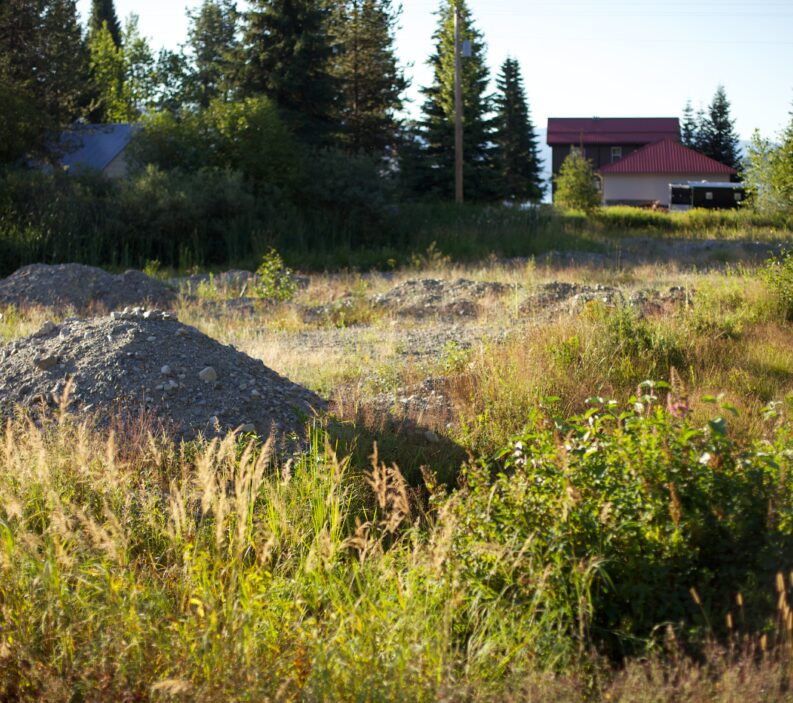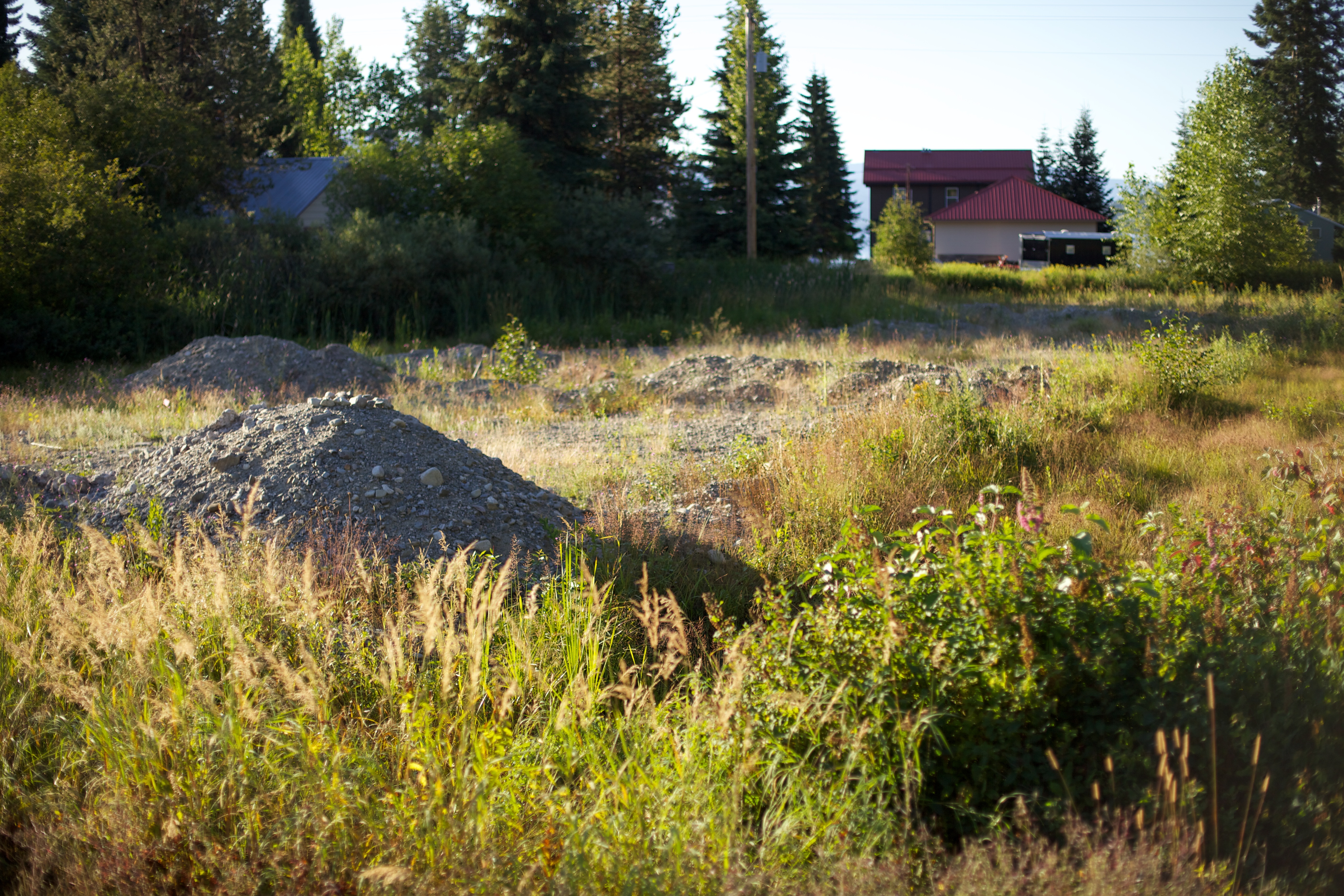Fifteen years after breaking ground on a new house, most homeowners are ready to replace appliances or carpets.
Not Chantell and Mike Sackett. Construction on the Idaho couple’s home has been at a standstill since 2007. That’s when the Environmental Protection Agency (EPA), chief enforcer of the Clean Water Act (CWA), declared the Sacketts’ lot a federally regulated “navigable water” and ordered them to stop or face up to $75,000 a day in fines.
The EPA crackdown came just months after PLF’s 2006 Supreme Court win in Rapanos v. United States. While the ruling established some important limits on CWA regulations, it left the definition of navigable waters remarkably unsettled. As a result, lower courts have frequently misapplied the ruling and regulators have claimed authority over millions of acres of sometimes-damp land—like the Sacketts’.
The Sacketts may have been one of the EPA’s earliest post-Rapanos enforcement targets, but they’ve not stopped fighting back. Their quest for navigable waters clarity is a dizzying legal journey through lower courts, the Supreme Court, back to lower courts, and back to the Supreme Court for argument October 3—the first case of the Court’s 2022-2023 term.
We invite you to join us on July 13 for “Sackett v. EPA Explained.” PLF’s legal team will explain the case and its potential to reshape the future of federal regulatory powers and property rights—for the better.




